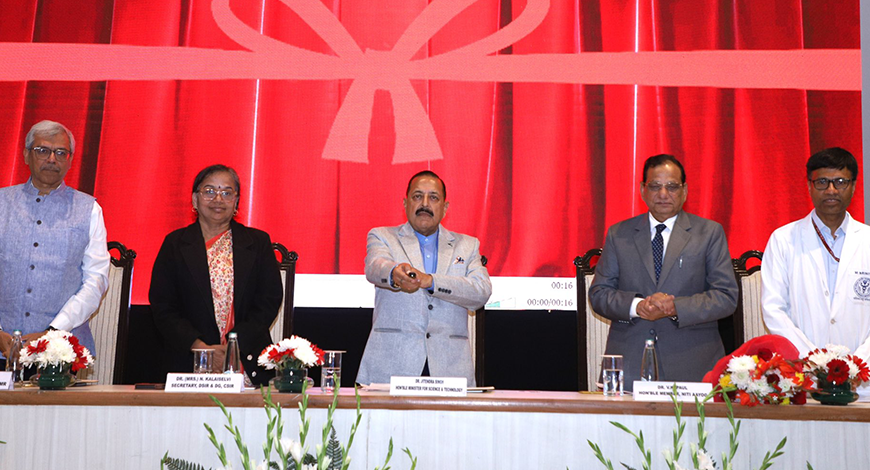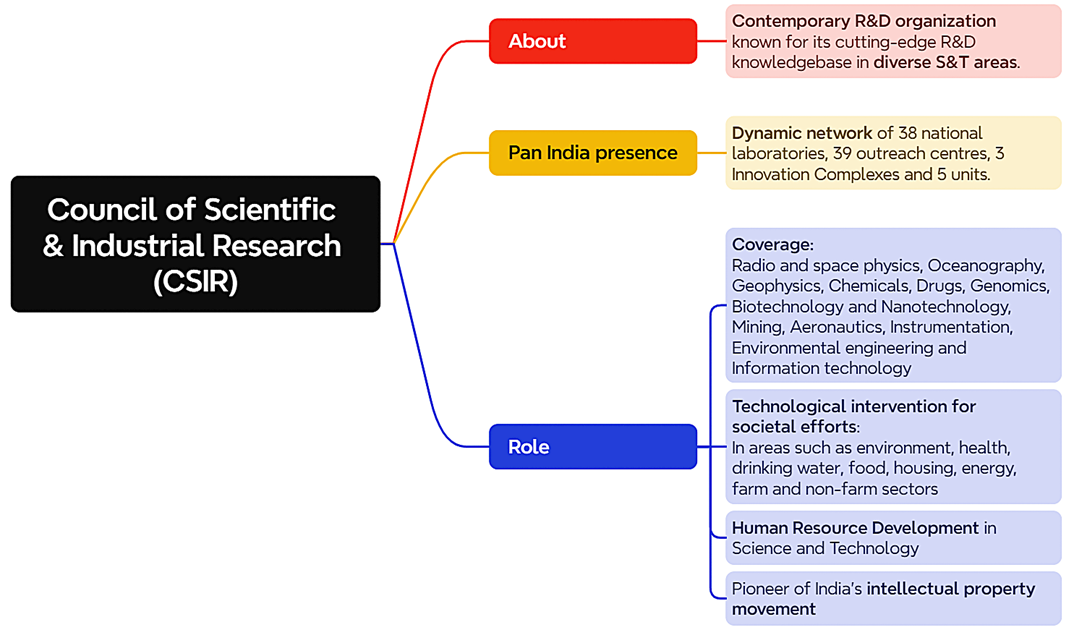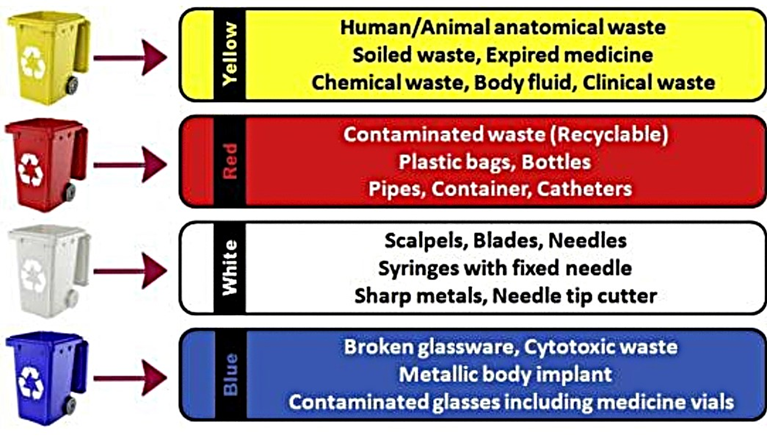- Courses
- GS Full Course 1 Year
- GS Full Course 2 Year
- GS Full Course 3 Year
- GS Full Course Till Selection
- Online Program
- GS Recorded Course
- NCERT (Recorded 500+ Hours)
- Polity Recorded Course
- Geography Recorded Course
- Economy Recorded Course
- AMAC Recorded Course
- Modern India, Post Independence & World History
- Environment Recoded Course
- Governance Recoded Course
- Science & Tech. Recoded Course
- International Relations and Internal Security Recorded Course
- Disaster Management Module Course
- Ethics Recoded Course
- Essay Recoded Course
- Current Affairs Recoded Course
- CSAT
- 5 LAYERED ARJUNA Mentorship
- Public Administration Optional
- ABOUT US
- OUR TOPPERS
- TEST SERIES
- FREE STUDY MATERIAL
- VIDEOS
- CONTACT US
India launches its first Indigenous Automated Bio-Medical Waste Treatment Plant at AIIMS New Delhi
India launches its first Indigenous Automated Bio-Medical Waste Treatment Plant at AIIMS New Delhi
13-02-2025

Context
- In February 2025, the Union Minister of Science and Technology Dr. Jitendra Singh today launched India's first indigenous Automated Bio Medical Waste Treatment Plant at AIIMS New Delhi.
- The Automated Biomedical Waste Treatment Rig, named “Sṛjanam,” was developed by CSIR NIIST (National Institute for Interdisciplinary Science and Technology), Thiruvananthapuram.

What are the features of the Automated Bio-Medical Waste Treatment Plant?
- Disinfection of biomedical waste: It can disinfect pathogenic biomedical waste such as blood, urine, sputum, and laboratory disposables, without the use of costly and energy-intensive incinerators.
- Pleasant fragrance: It can impart a pleasant fragrance to foul-smelling toxic waste.
- Capacity: Daily capacity of 400 kg and is capable of handling 10 kg of degradable medical waste per day in the initial phase.
- Antimicrobial action: The technology has been third-party validated for its antimicrobial action.
- Safe treated material: The treated material is safer than organic fertilizers like vermicompost.
What is Bio-medical waste?
- Biomedical waste is any waste that is generated during the diagnosis, treatment, or immunization of human beings or animals, or in the research activities for production or testing of biologicals.
- The Biomedical Waste Management Rules, 2016 provides a framework for the proper handling, treatment, and disposal of biomedical waste. Its features include:
- Applicability: The ambit of the rules has been expanded to include vaccination camps, blood donation camps, surgical camps or any other healthcare activity.
- Pre-treatment of waste: Through disinfection or sterilisation on-site in the manner as prescribed by World Health Organization (WHO) or by the National AIDS Control Organisation (NACO).
- Establish a Bar-Code System: For bags or containers containing bio-medical waste for disposal.
- Phase-out the use of chlorinated plastic bags, gloves and blood bags within two years (starting from March 2016).
- Segregation of waste: Into 4 categories based on its nature, typically using color-coded bins

What are the issues in disposal of Biomedical waste?
- High waste production: As per the Central Pollution Control Board (CPCB) as of 2023, India generates 743 tonnes of biomedical waste daily.
- Improper segregation: Failure to properly segregate waste at the source leads to mixing of hazardous and non-hazardous waste.
- Improper disposal: Methods like open dumping and open burning leads to environmental and health issues.
- For instance, incineration of biomedical waste releases dioxins and furans, which are highly toxic and carcinogenic.
- Anti-microbial resistance (AMR): The inappropriate disposal of medical waste allows bacteria to acquire antibiotic resistance, which results in a threat to public health.
Conclusion
The new Biomedical waste disposal plant can help revolutionize waste management in healthcare facilities. It presents an environmentally responsible alternative to traditional incineration methods. Moreover, it offers a safer and more efficient approach, eliminating the risks associated with human exposure to harmful waste and minimizing the chances of spills and accidents.
|
Also Read |
|
UPSC Foundation Course |
|
| UPSC Monthly Magazine | CSAT Foundation Course |


